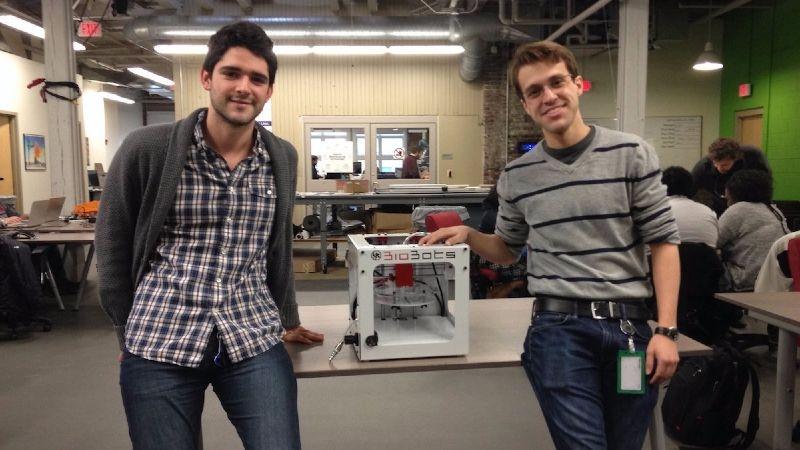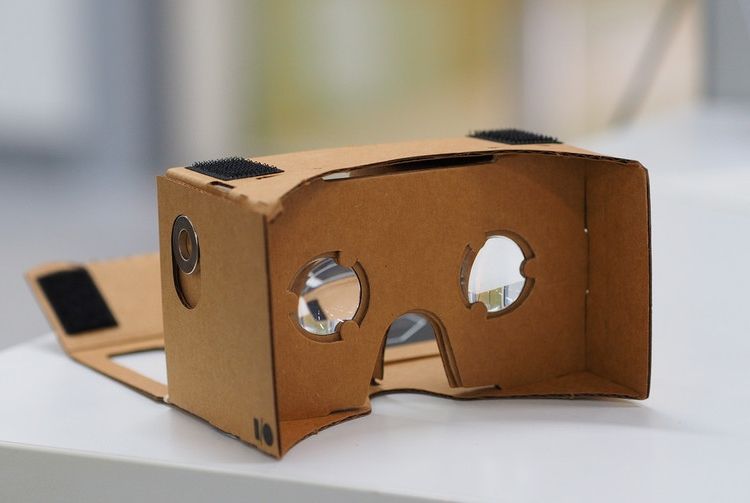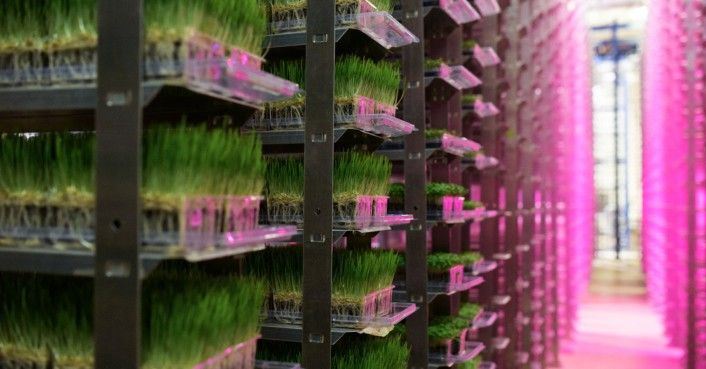Archive for the ‘food’ category: Page 310
May 28, 2016
Google’s late response to Amazon Echo suggests the future is voice control and virtual reality
Posted by Karen Hurst in categories: business, food, robotics/AI, security, virtual reality
The recent Google I/O developer conference at which the company reveals its new products and directions brought with it several surprising announcements that mark significant changes for the way the company approaches its online business.
The first was the admission by Google chief executive, Sundar Pichai, that Amazon had taken the lead in voice-activated devices when it launched Echo last year when he announced the company’s own Google Home, a similar table-top, voice-controlled AI assistant. These devices have been made possible by the rapid improvement of voice-recognition technology and AI fast enough to respond in real time to questions and answers. But under the surface, the devices are deeply integrated with the cloud, and in the case of Echo, Amazon’s online marketplace.
This is significant because Echo now boasts more than 400 different “skills” and connected suppliers through which users can order food, look up calendar appointments, pay credit card bills, search for information and many other things – just by asking with their voice. The ecosystem of companion products around these intelligent assistants is growing too: just by asking, you can switch on the lights in any room, control the thermosat, security system and fire detectors, automate perimeter doors or fences.
May 28, 2016
Thailand Creating Forests
Posted by Bryan Gatton in categories: climatology, drones, food, sustainability
As a result of deforestation, only 6.2 million square kilometers remain of the original 16 million square kilometers of forest that formerly covered Earth. Apart from adveserly impacting people’s livelihoods, rampant deforestation around the world is threatening a wide range of tree species, including the Brazil nut and the plants that produce cacao and açaí palm; animal species, including critically-endangered monkeys in the remote forests of Vietnam’s Central Highlands, and contributing to climate change instead of mitigating it (15% of all greenhouse gas emissions are the result of deforestation).
While the world’s forest cover is being unabashedly destroyed by industrial agriculture, cattle ranching, illegal logging and infrastructure projects, Thailand has found a unique way to repair its deforested land: by using a farming technique called seed bombing or aerial reforestation, where trees and other crops are planted by being thrown or dropped from an airplane or flying drone.
The tree seed bombing in Thailand is one of the greatest examples of ‘Conscious Entrepreneurs’ or ‘Spiritual Entrepreneurs’ out there right.
May 27, 2016
The Future of Humanity’s Food Supply Is in the Hands of AI
Posted by Shailesh Prasad in categories: biotech/medical, computing, food, health, information science, mobile phones, robotics/AI, satellites
Perhaps it’s serendipitous, then, that the machines have finally arrived. Truly smart, truly impressive robots and machine learning algorithms that may help usher in a new Green Revolution to keep humans fed on an increasingly mercurial planet. Think satellites that automatically detect drought patterns, tractors that eyeball plants and kill the sick ones, and an AI-powered smartphone app that can tell a farmer what disease has crippled their crop.
Forget scarecrows. The future of agriculture is in the hands of the machines.
A Digital Green Thumb
Continue reading “The Future of Humanity’s Food Supply Is in the Hands of AI” »
May 25, 2016
How nanotechnology can help us grow more food using less energy and water
Posted by Karen Hurst in categories: energy, food, nanotechnology
This is a big deal.
Growing enough food to feed 9 billion people by 2050 will require huge amounts of energy and water. Using nanoparticles to boost plant growth and yield could save resources and reduce water pollution.
May 23, 2016
Google’s Superhuman Computer Can Tell Where Nearly Any Photo Was Taken
Posted by Shailesh Prasad in categories: computing, food
PlaNet, made by a team led by Google computer vision specialist Tobias Weyand, can determine the location of photos just by studying its pixels.
You can usually tell where a picture was taken by recognizing certain location cues within the photo. Major landmarks like the Great Wall of China or the Tower of London are immediately recognizable and fairly easy to pinpoint, but how about when the photo lacks any familiar location cues, like a photo of food, of pets, or one taken indoors?
People do fairly well on this task by relying on all sorts of knowledge about the world. You could figure out where a photo was taken by looking at any words found on the photo, or by looking at the architectural styles or vegetation.
Continue reading “Google’s Superhuman Computer Can Tell Where Nearly Any Photo Was Taken” »
May 22, 2016
Urban Produce: The Future of Farming is Growing UP!
Posted by Shailesh Prasad in categories: economics, food, sustainability
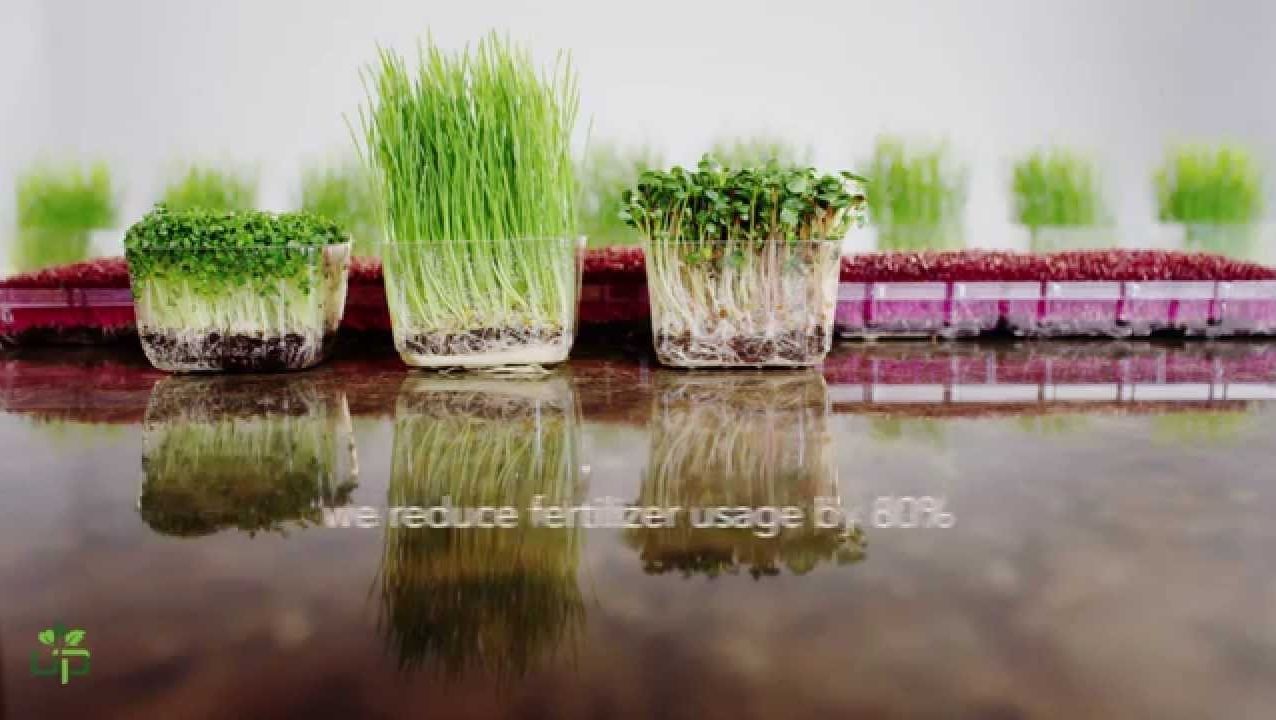
https://www.youtube.com/watch?v=u8QMOYnWBq0
Urban Produce High Density Vertical Growing System is a patented technology that was developed taking advanced hydroponic technology and automating it. Urban Produce has the capacity to grow 16 acres of produce on 1/8 of an acre with just one of it’s High Density Vertical Growing Systems. Our mission is to build our patented systems across the U.S. to provide both locally grown sustainable produce to Urban Cities while also stimulating the local economies. We are 21st century growing! www.urbanproduce.com
May 22, 2016
Earthrise — Japan’s Future Farms
Posted by Shailesh Prasad in categories: computing, food, sustainability
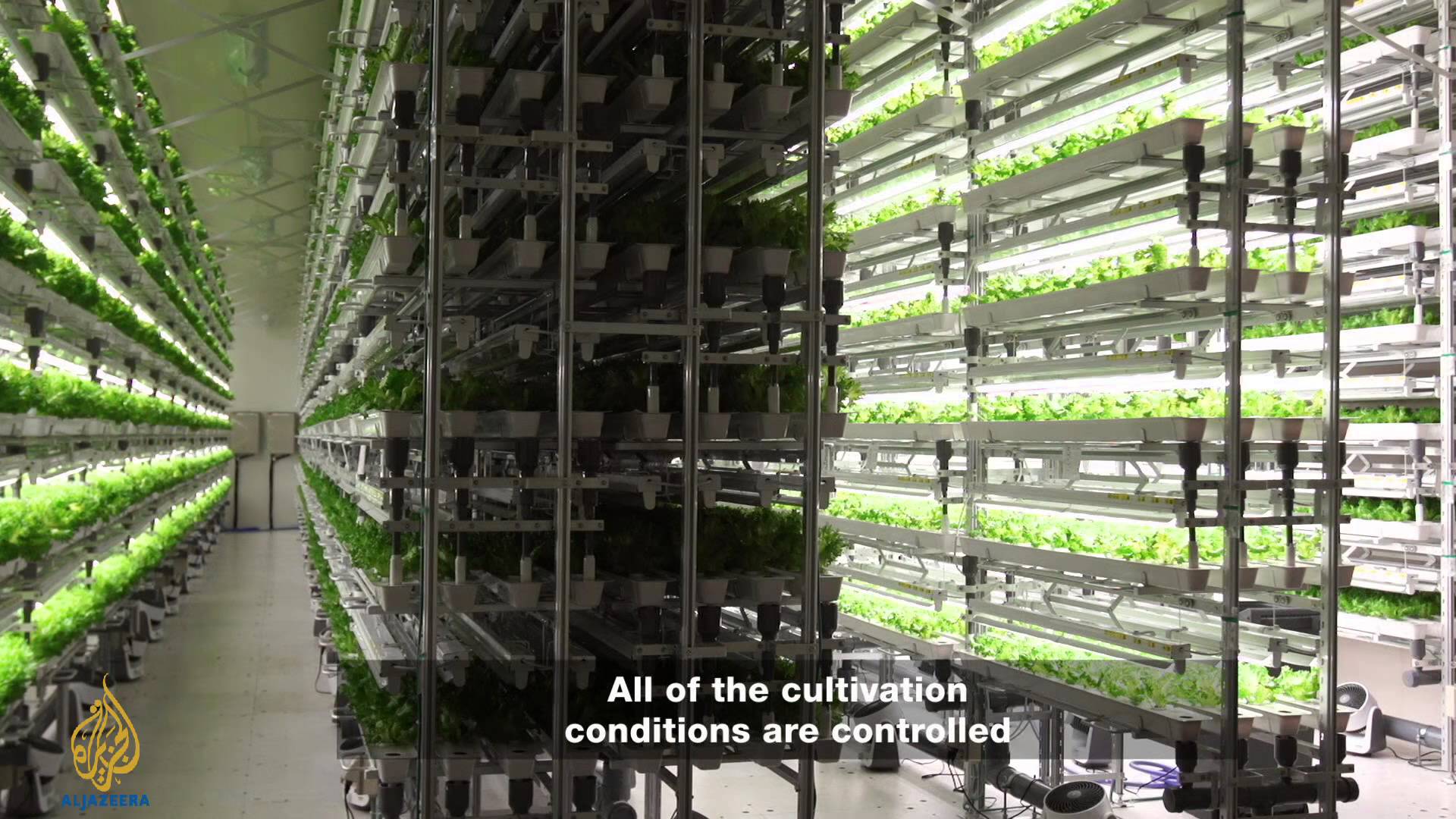
By 2050, the world will need to feed an additional 2.5 billion people living in cities. Yet as the demand for food rises, the amount of land available for agriculture in developed countries is expected to decline. In Japan, at the Fujitsu factory of Aizu-Wakamatsu which still manufactures semiconductor chips for computers, a different project is underway which may offer a solution to this problem. The company has converted an unused part of the factory into a farm to grow food — and more specifically, to grow lettuce. Fujitsu has focused on growing a low-potassium variety, which is sold to people with kidney problems who cannot process the mineral properly. Join Rachel Mealey in Japan’s Fukushima Prefecture to visit the sun-free and soil-free urban farms of the future.
May 22, 2016
Urban Produce vertical farm grows 16 acres of food in just 1/8 acre of space
Posted by Shailesh Prasad in categories: food, sustainability
Food deserts, lack of arable land, and the frozen months of winter are all obstacles we face in our mission to keep people fed. Urban Produce is excelling in this mission by licensing its patented indoor vertical farming technology, which can produce 16 acres of organic, leafy greens in just 1/8 acre of space.
